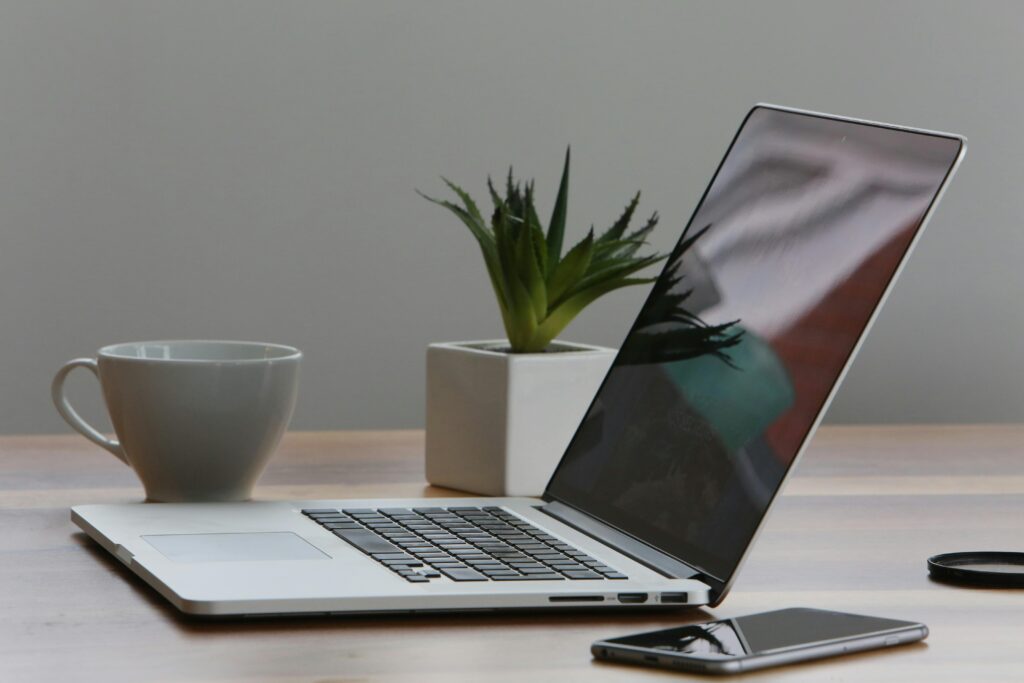
Choosing the right laptop is crucial for students as it directly affects their academic productivity, creativity, and entertainment. A laptop is more than just a device; it’s a study partner that helps in research, assignments, virtual classes, and even relaxation with streaming or gaming.
The ideal laptop should align with a student’s specific needs—whether it’s writing reports, coding, designing, or handling multimedia projects. With a vast number of choices available, picking the right one can be challenging. This guide simplifies the decision-making process by breaking down essential factors, top recommendations, and expert tips to ensure students invest in the best laptop for their needs.
Key Factors to Consider
Before buying a laptop, students should consider multiple factors, including budget, performance, portability, and special features. Each of these aspects plays a crucial role in determining the laptop’s usability, efficiency, and longevity.
Budget
Budget is a primary concern for students, as laptops come in different price ranges. Choosing the right one depends on the required features and performance level.
- Budget Laptops (<$500): Suitable for basic tasks like web browsing, document editing, and video conferencing. Best for students with minimal computing needs.
- Mid-Range Laptops ($500–$1,000): Offer better processors, more RAM, and larger storage, making them ideal for most students handling research, programming, and multitasking.
- Premium Laptops (>$1,000): These high-end laptops provide powerful specifications, making them perfect for demanding tasks like video editing, 3D modeling, and gaming.
Performance
A laptop’s performance determines how efficiently it can handle workloads.
- Processor (CPU): Intel Core i5/i7 and AMD Ryzen 5/7 are great choices for students needing speed and efficiency. Apple’s M1/M2 chips also offer excellent optimization for Mac users.
- RAM: 8GB RAM is sufficient for basic tasks, but 16GB is recommended for students dealing with large applications, programming, or multimedia work.
- Storage: SSDs (256GB-1TB) offer fast boot times and better efficiency, while HDDs are cheaper but slower.
Portability
Since students often carry laptops to class, libraries, or cafes, portability is a crucial factor.
- Weight: A lightweight laptop (under 3.5 lbs) is easier to carry around.
- Battery Life: Laptops with at least 8+ hours of battery backup ensure students can use them throughout the day without needing constant charging.
Display
A high-quality display is essential for long study sessions and entertainment.
- Size: A 13–15 inch screen provides a balance between portability and usability.
- Resolution: A Full HD (1920×1080) resolution ensures sharp and clear visuals, which is essential for reading, designing, and streaming.
Keyboard & Trackpad
Comfortable typing and smooth navigation enhance the laptop’s usability.
- Keyboard: A well-spaced, backlit keyboard is essential for extended typing sessions.
- Trackpad: A responsive trackpad allows smooth navigation, eliminating the need for an external mouse.
Durability
A laptop should be sturdy enough to last throughout college.
- Build Quality: Metal chassis laptops are more durable than plastic ones.
- Certification: Laptops with MIL-STD military-grade certification are designed to withstand accidental drops and rough use.
Operating System (OS) Preferences
The choice of an operating system depends on usability, software compatibility, and personal preference.
- Windows: Versatile, supports a wide range of software, and is ideal for most students.
- macOS: Well-optimized, long-lasting, and preferred by creative professionals.
- ChromeOS: Lightweight and budget-friendly, suitable for web-based applications and basic tasks.
Connectivity
Having the right ports and wireless support enhances the laptop’s functionality.
- Ports: USB-C, USB-A, HDMI, and SD card slots are useful for connecting peripherals.
- Wireless: Wi-Fi 6 and Bluetooth support ensure fast internet and seamless device pairing.
Special Features
Additional features can enhance the laptop’s usability.
- Touchscreen & 2-in-1 Designs: Convertibles offer flexibility for taking notes or designing.
- Stylus Support: Useful for students in digital arts and design-related courses.
Top Laptop Recommendations
Based on different budgets and requirements, here are the best laptop options for students.
Budget-Friendly Options
- Acer Chromebook 314: Affordable, lightweight, and perfect for basic tasks like web browsing and document editing.
- Lenovo IdeaPad 3: Offers a Ryzen 5 processor, 8GB RAM, and SSD storage, making it a solid choice for students needing better performance on a budget.
Mid-Range Picks
- Dell Inspiron 15: Features an Intel i5 processor, 16GB RAM, and 512GB SSD, ensuring smooth multitasking.
- MacBook Air M1: Lightweight, has excellent battery life, and is optimized for students in Apple’s ecosystem.
Premium Choices
- MacBook Pro 14-inch: A high-performance laptop with M2 Pro chip, 16GB RAM, and 512GB SSD, ideal for students handling intensive applications.
- Dell XPS 13: Compact, powerful, and built with premium materials, featuring an Intel i7 processor and 1TB SSD.
2-in-1/Hybrid Options
- Microsoft Surface Laptop Studio: Combines touchscreen capabilities with a powerful processor and stylus support, perfect for creative students.
Use Case-Based Recommendations
Every student has unique needs based on their field of study. Here’s a breakdown of the best laptops based on different academic disciplines.
Engineering/STEM Students
- Needs: High processing power and GPU for running simulations and software like MATLAB or AutoCAD.
- Best Picks: Dell XPS 15, Lenovo Legion 5.
Design/Art Students
- Needs: A high-resolution display with accurate colors and stylus support.
- Best Picks: HP Spectre x360, iPad Pro with Magic Keyboard.
Business/Humanities Students
- Needs: Portability, a long battery life, and smooth performance.
- Best Picks: ASUS ZenBook, MacBook Air.
General Use
- Needs: A balanced combination of performance, storage, and affordability.
- Best Picks: HP Pavilion, Acer Swift 3.
Buying Tips
- Look for Student Discounts: Brands like Apple, Dell, and Microsoft offer discounts for students.
- Consider Refurbished Models: Certified refurbished laptops provide great value at lower prices.
- Check Warranty and Customer Support: A good warranty plan ensures long-term reliability.
- Future-Proofing: Opt for at least 16GB RAM and expandable storage to ensure longevity.
FAQs
Q: Is a $300 laptop enough for students?
A: It is suitable for basic tasks like browsing and document editing but struggles with multitasking and heavy applications.
Q: Mac vs. Windows for students?
A: Macs offer longevity and great optimization, while Windows laptops provide flexibility and wider software support.
Q: Can I upgrade RAM/storage later?
A: Some laptops allow upgrades, but many ultrabooks come with soldered components that can’t be modified.
Q: Best screen size for portability?
A: 13–14 inches is ideal for travel; 15 inches provides a larger workspace for multitasking.
Choosing the right laptop requires balancing performance, budget, and specific needs. Students should focus on long-term usability, durability, and efficiency. A well-chosen laptop not only enhances academic performance but also ensures smooth multitasking and entertainment, making it a valuable investment throughout college life.
Share this guide with your friends and help them choose wisely! Got questions or suggestions? Drop a comment below—we’d love to hear from you! 🎓✨ #StudentLife #BestLaptops
Read our blogs


